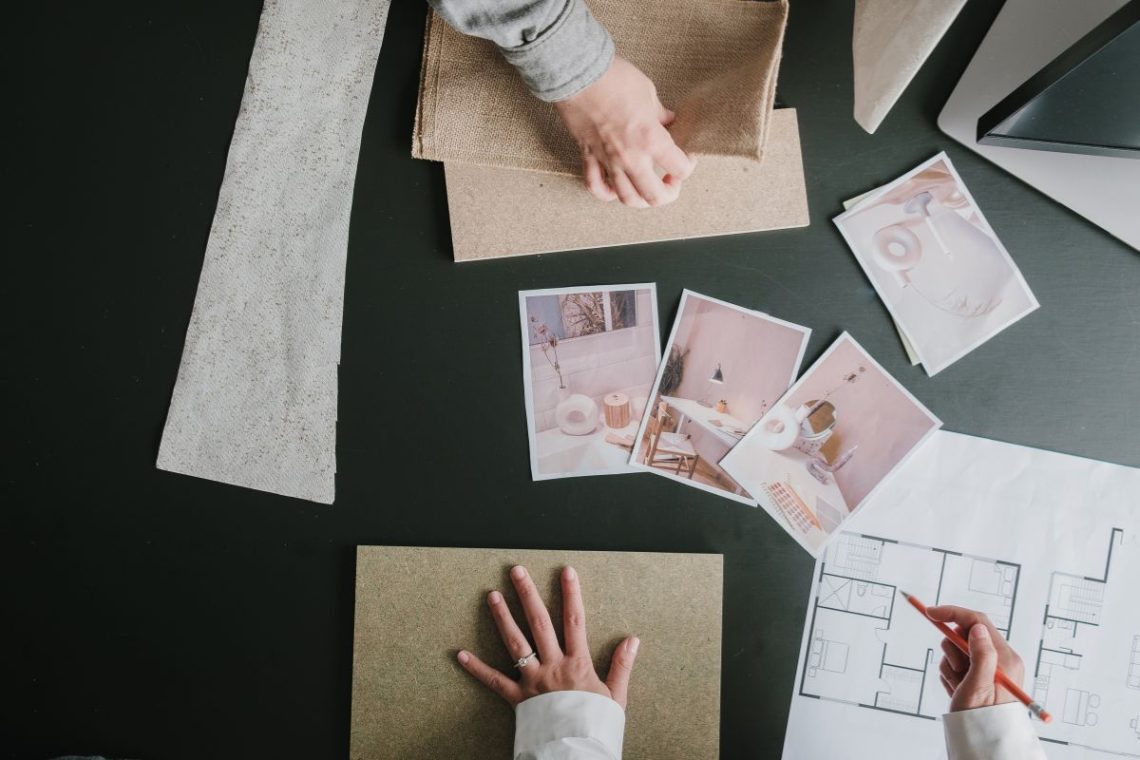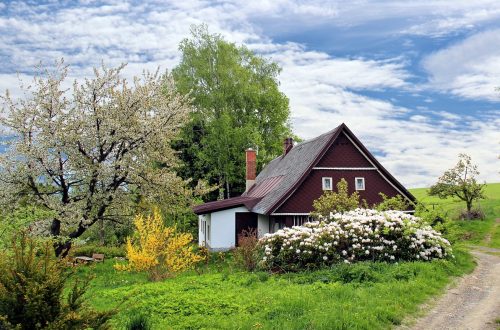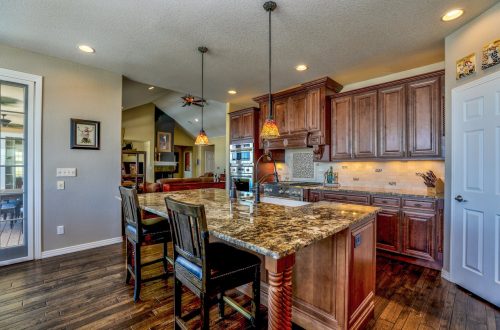Amid the countless chores and responsibilities that fill our days, the spaces where we dwell often get overlooked. Yet, few elements have the potential to influence our daily lives as powerfully as the design of the interiors that shelter us. This treasure trove of aesthetics, functionalities, and mood-boosters goes well beyond simple beautification; it can redefine our emotional well-being, creativity, productivity, and family dynamics.
In this exploration of home interiors, we journey deep into the transformative power of design and uncover the myriad benefits it offers to those who actively engage in curating their living environment.
Harmony in Design, Harmony in Life
Harmony is more than a pleasant visual aesthetic; it’s a peaceful coexistence of elements that can profoundly impact our mood and spirit. Think of an interior devoid of clutter, with lines and curves flowing naturally, and colors complementing each other. It’s akin to an orchestra where every instrument plays its part in creating a spellbinding symphony. Such a design cultivates tranquility within, fostering relaxation, enhanced focus, and a sense of order, which can help quell anxiety and stress.
The key lies in the balance — not just of objects and their placement but in the equilibrium it creates in our daily lives. By learning the principles of balance, whether symmetrical or asymmetrical, and employing them in our spaces, we open the door to a sense of order that extends to our behaviors and mental processes. Expert interior designer Guildford can advise you on how to visualise your new space.
Functionality Meets Personal Style
At its core, interior design is about creating spaces that are not only beautiful but also functional. Designing with functionality in mind ensures that every square inch of your home serves a purpose and is organised to facilitate your daily routine. Optimised storage, furniture that fits the scale of the room, and lighting that caters to the activities you engage in — these are all parts of a functional design.
Yet, as human beings, we crave individuality. Our personal style should be reflected in our homes, acting as an extension of ourselves. Whether it’s through the choice of materials, the incorporation of hobbies, or displaying sentimental artefacts, personal style infuses character into a space and creates a more welcoming environment for its inhabitants.
The Healing Hues of Home
Colour psychology is a fascinating realm of interior design that explores how different hues can affect our behaviour and mood. Warm colours like reds, yellows, and oranges promote sociability and energy, making them ideal for living and dining areas. Cool colours such as blues and greens are known for their calming and concentration-inducing effects, making them perfect for bedrooms and office spaces.
Furthermore, using the right shade can alter the perception of a room’s size and shape. Darker colours can add depth and cosiness to a large space, while lighter tones can make small rooms feel more spacious and bright.
Enhancing Productivity and Creativity
Interior design can be a formidable ally in the realms of productivity and creativity. An ergonomic workspace designed with your occupation in mind can enhance your workflow and prevent burnout. Conducive work environments can increase productivity by 20%, according to a study by the University of Exeter.
The same logic applies to creative spaces. By creating an environment that inspires, such as one flooded with natural light, splashes of bold colors, or rich textures, we can foster the creative process and encourage thinking outside the box.
For the Love of Family and Functionality
Family dynamics play a significant role in shaping interior design needs. Homes with children, for example, often require durable, forgiving materials that can withstand the rigors of daily life. Open-plan spaces can facilitate togetherness while maintaining individual activities, and incorporating child-friendly storage at accessible heights encourages tidiness from a young age.
For households with older members, incorporating universal design principles ensures the space remains accessible and safe for all, contributing to a sense of inclusivity and family unity.
Environmental Impact and Sustainability
The choices we make in interior design can have a significant impact on the environment. Opting for sustainable materials, reducing energy consumption through intelligent lighting and climate control, and investing in items that are built to last, not only reduces our carbon footprint but also sets an example for a greener lifestyle.
Sustainable design is not a trend but a call to action, resonating deeply with our roles as global citizens and our desire to leave a positive legacy for future generations.
Designing on a Dime: Creativity Over Capital
Embarking on an interior design project does not necessitate a blank cheque. Creativity can often prevail over capital, with DIY projects, upcycled furniture, and affordable design solutions offering the chance to create unique and beautiful high-end-looking spaces on a budget.
Moreover, the satisfaction derived from crafting a space through personal effort and ingenuity adds an intangible value to the design journey, making it as much about self-expression as it is about the end result.
Bringing People Together: The Social Benefits of Design
The spaces we design are more than mere backdrops to our lives; they are active participants in our social interactions. A well-designed home can become a hub for socialising, hosting, and coming together. Layouts that encourage flow, settings that put people at ease, and environments that cater to various activities are the facilitators of memorable gatherings and nurturing of relationships.
The Long View: Design as an Investment
Interior design is an investment in the quality of our lives. Creating a space that serves our current needs and anticipates our future ones is a savvy approach that can save time, money, and the environmental cost of rapid turnover. Additionally, a thoughtfully designed space can add value to a property and act as a selling point, making it a solid financial investment as well.
Takeaways: Design for the Modern Mind
In today’s fast-paced world, interior design is the calm within the storm, offering a canvas on which we can paint our ideal lives. Each throw pillow, every curated artwork, and all the lighting choices contribute to a narrative that speaks not just to our aesthetic desires but also to our essence as individuals and families.
Embracing the elements of interior design that resonate with you can lead to a home that feels like a sanctuary, a source of pride, and a backdrop for the best moments of your life. The benefits are tangible, the impact profound.
So, as you embark on your design journey, see it not as a luxury but as a fundamental building block for a harmonious, productive, and delightful life at home. Your doorstep is your grand entrance, but the interior design is your gateway to a life you adore.




